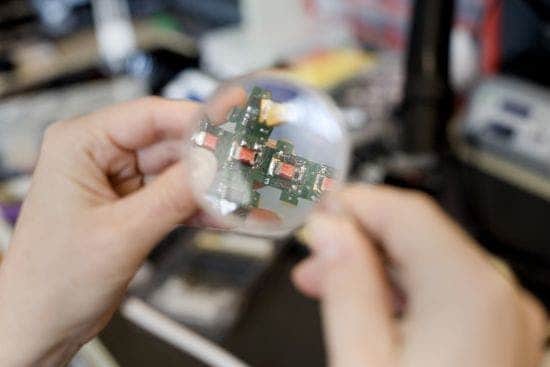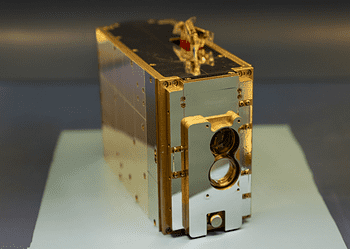
The Sandman would have certainly approve of the latest experimental tech to come off MIT. Researchers from the university have demonstrated how tiny computer pellets, just a few millimeters in size, were automatically bound together to form a simple 2-D shape. The same algorithm might be used in a future refined version which could allow this kind of “smart sand”, as its been dubbed, to self-sculpt itself into a complex, 3-D replica of an object that would’ve been subsequently immersed into the sand box.
MIT says that the equivalent example would be the starting steps of a sculptor – turning a block of stone into a final product. It basically works like this – small cube shaped pebbles, measuring 10 millimeters across the edges, are imbued with computing power and covered in magnets on all sides. These function as electropermanent magnets, which get switched on or off though a small electrical charge. An object that gets immersed into the a box filled with “smart sand” has its edges delimited by its neighboring pebbles with which it is in contact. The shape of the object is the mirrored by cubes which activate the magnets and bind together in self-sculpting manner, while the other modules switch off.
The video below explains the algorithm which makes the ‘smart sand’ tick. The project is still in its infancy, and researchers hope to overcome the current challenges their facing, like drastically sizing down the pebbles while still retaining the same computing power, such that the improved models might allow highly complicated 3-D objects to get morphed. Also, the algorithm could be easily tweaked to allow multiple copies to be “sculpted”.






